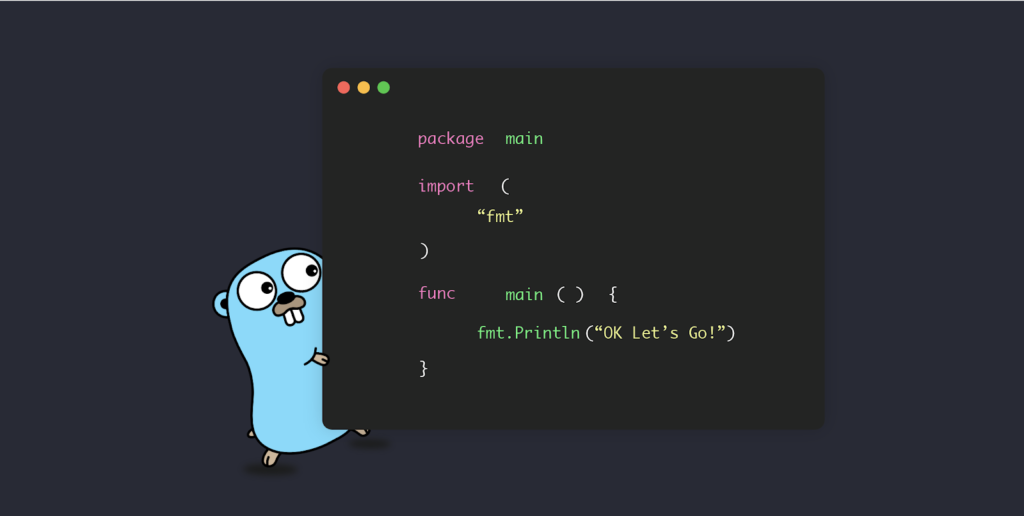Unleashing the Power of Methods in Go

Methods are a fundamental and unique feature in the Go programming language, often referred to as Golang. They enable you to associate behaviors with user-defined types, leading to cleaner and more modular code. In this blog, we’ll delve into the world of methods in Go, covering their definition, use cases, syntax, advantages, and best practices. […]
Harnessing the Power of Function Values and Closures in Go

Function values and closures are powerful and unique features in the Go programming language, often referred to as Golang. They enable you to write flexible, functional-style code, and are essential tools for creating reusable and modular programs. In this blog, we’ll delve deep into the world of function values and closures in Go, covering their […]
Mastering Maps in Go: A Comprehensive Guide

Maps are a versatile and fundamental data structure in the Go programming language, often referred to as Golang. They provide a convenient way to store and manage key-value pairs, enabling efficient data retrieval and manipulation. In this blog, we’ll dive deep into the world of maps in Go, covering their definition, creation, manipulation, use cases, […]
Unleashing the Power of the Range Function in Go

The range function is a versatile and powerful tool in the Go programming language, often referred to as Golang. It provides a convenient way to iterate over various data structures, including arrays, slices, maps, and channels. In this blog, we’ll explore the world of the range function in Go, covering its syntax, use cases, and […]
Mastering Slices in Go: A Comprehensive Guide

Slices are a dynamic and versatile data structure in the Go programming language, often referred to as Golang. They provide a flexible way to work with collections of elements, making them a cornerstone of Go programming. In this blog, we’ll explore the world of slices in Go, covering their definition, creation, manipulation, internals, use cases, […]
Mastering Arrays in Go: A Comprehensive Guide

Arrays are a fundamental data structure in Go, providing a way to store and manipulate collections of elements of the same type. In this blog, we’ll explore the world of arrays in Go, covering their definition, initialization, manipulation, use cases, advantages, and best practices. Whether you’re new to Go or looking to deepen your understanding […]
Exploring Structs in Go: A Comprehensive Guide

Structs are a fundamental composite data type in the Go programming language, often referred to as Golang. They enable you to group together related data fields under a single custom data type. In this blog, we’ll delve into the world of structs in Go, covering their definition, initialization, methods, embedding, use cases, and best practices. […]
Pointers in Go: A Comprehensive Guide

Pointers are a powerful and fundamental concept in programming, and in Go (often referred to as Golang), they play a crucial role in managing memory and working with data. In this blog, we’ll explore the world of pointers in Go, covering their definition, usage, advantages, potential pitfalls, and best practices. Whether you’re new to Go […]
Defer in Go: A Practical Guide

Defer is a unique and powerful feature in the Go programming language. It allows you to schedule a function call to be executed just before the surrounding function returns. In this blog, we’ll dive deep into the world of defer in Go, exploring its syntax, use cases, potential pitfalls, and best practices. Whether you’re new […]
Demystifying Conditional Statements in Go: A Comprehensive Guide

Conditional statements are the backbone of decision-making in programming, and Go (often referred to as Golang) offers a robust set of tools for creating conditional logic. In this blog, we’ll delve into the world of conditional statements in Go, covering the various types of conditions, their syntax, use cases, and best practices. Whether you’re new […]